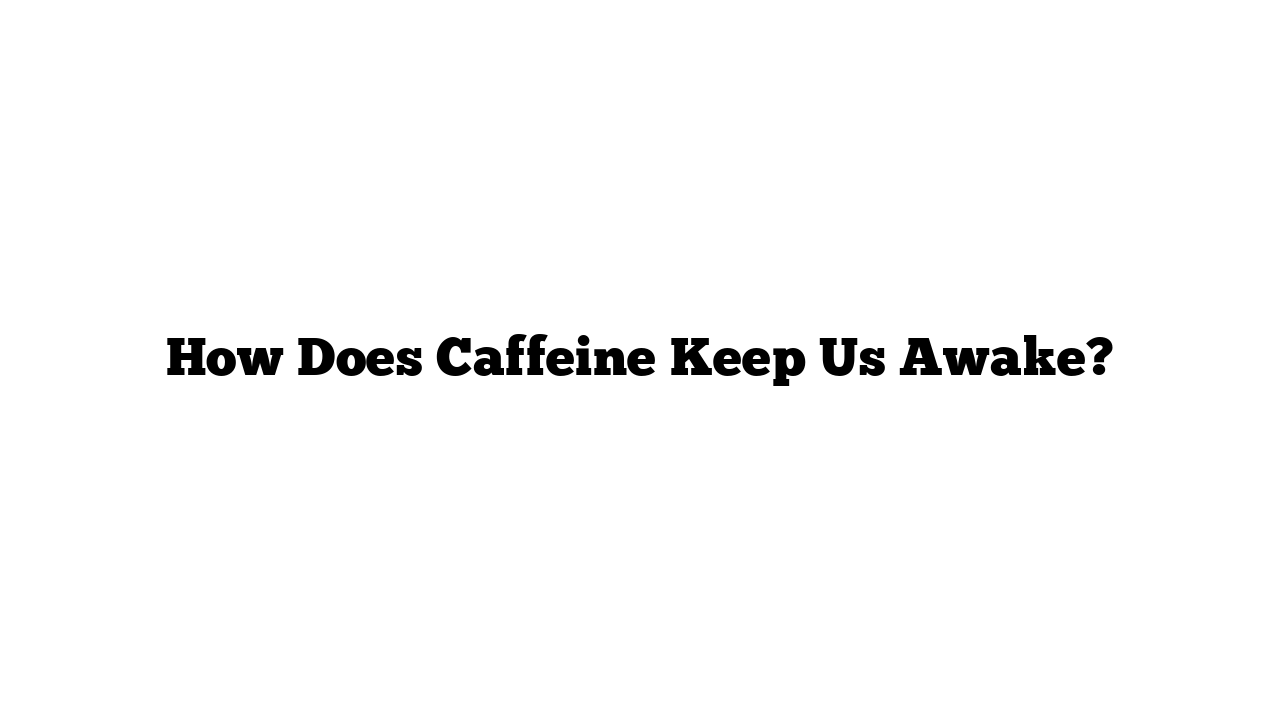Caffeine is the world’s most widely consumed psychoactive substance. Every year, over 100,000 metric tons of caffeine are consumed globally—that’s about the weight of 14 Eiffel Towers! While coffee and tea are the primary sources, caffeine is also found in sodas, chocolate, caffeine pills, and even decaffeinated beverages. It makes us feel alert, focused, and energetic, even when we haven’t had enough sleep. However, it can also lead to increased blood pressure and feelings of anxiety. So, how does caffeine work its magic?
The Evolution of Caffeine
In nature, caffeine serves several purposes for plants. In high doses, it can be toxic to insects. However, in lower amounts found in nectar, it can enhance insects’ memory, encouraging them to revisit flowers. This dual role shows caffeine’s complex relationship with both plants and animals.
Caffeine and the Central Nervous System
In the human body, caffeine acts as a stimulant for the central nervous system. Its primary action is to block a key sleep-inducing molecule called adenosine.
What Is Adenosine?
Adenosine is a molecule that our bodies produce to signal the need for rest. Your body breaks down a high-energy molecule called ATP (adenosine triphosphate), releasing adenosine as a byproduct. When adenosine binds to its receptors in the brain, it causes neurons to fire less efficiently, leading to feelings of sleepiness.
How Caffeine Works
Caffeine is classified as an adenosine receptor antagonist. This means it interferes with the normal functioning of adenosine by blocking its receptors. Caffeine has a molecular structure similar to adenosine, allowing it to fit into these receptors but without activating them. In simpler terms:
- Adenosine makes you sleepy.
- Caffeine blocks adenosine, preventing it from doing its job.
As a result, caffeine keeps you awake and alert.
The Boost of Dopamine
Caffeine also enhances positive feelings by affecting dopamine levels. Some adenosine receptors are linked to dopamine receptors, which promote feelings of pleasure. When adenosine binds to its receptor, it can inhibit dopamine’s effects. By blocking adenosine, caffeine allows dopamine to bind more easily, boosting mood and enjoyment.
Research suggests that this interaction between caffeine, adenosine, and dopamine might even reduce the risk of certain diseases, including Parkinson’s, Alzheimer’s, and some cancers.
Caffeine and Fat Burning
Caffeine can enhance the body’s ability to burn fat. Some sports organizations have even limited caffeine consumption among athletes, believing it gives them an unfair advantage. From 1972 to 2004, Olympic athletes had to keep their blood-caffeine levels below a certain threshold to compete.
The Downsides of Caffeine
While caffeine can help you feel more alert, it has potential downsides. It may increase heart rate and blood pressure, lead to dehydration, cause insomnia, and contribute to feelings of anxiety. Additionally, the foods and drinks containing caffeine can also impact your body in various ways.
Tolerance and Withdrawal
Your brain can adapt to regular caffeine consumption. When you regularly block adenosine receptors, your body compensates by creating more receptors. This means you may need more caffeine over time to achieve the same effects.
If you suddenly stop consuming caffeine, you might experience withdrawal symptoms. With a higher number of adenosine receptors available and no caffeine to block them, adenosine can signal your brain to slow down. This can lead to headaches, fatigue, and depressed mood.
However, after a few days, the extra adenosine receptors will disappear, and your body will readjust. You can feel just as alert without your daily caffeine fix.
In Summary
Caffeine keeps us awake by blocking adenosine, a molecule that promotes sleepiness. While it has many benefits, it can also have downsides, especially with regular consumption. If you’re considering your caffeine intake, it’s essential to weigh the benefits against the potential drawbacks. Remember, moderation is key to enjoying the stimulating effects of this popular substance!
